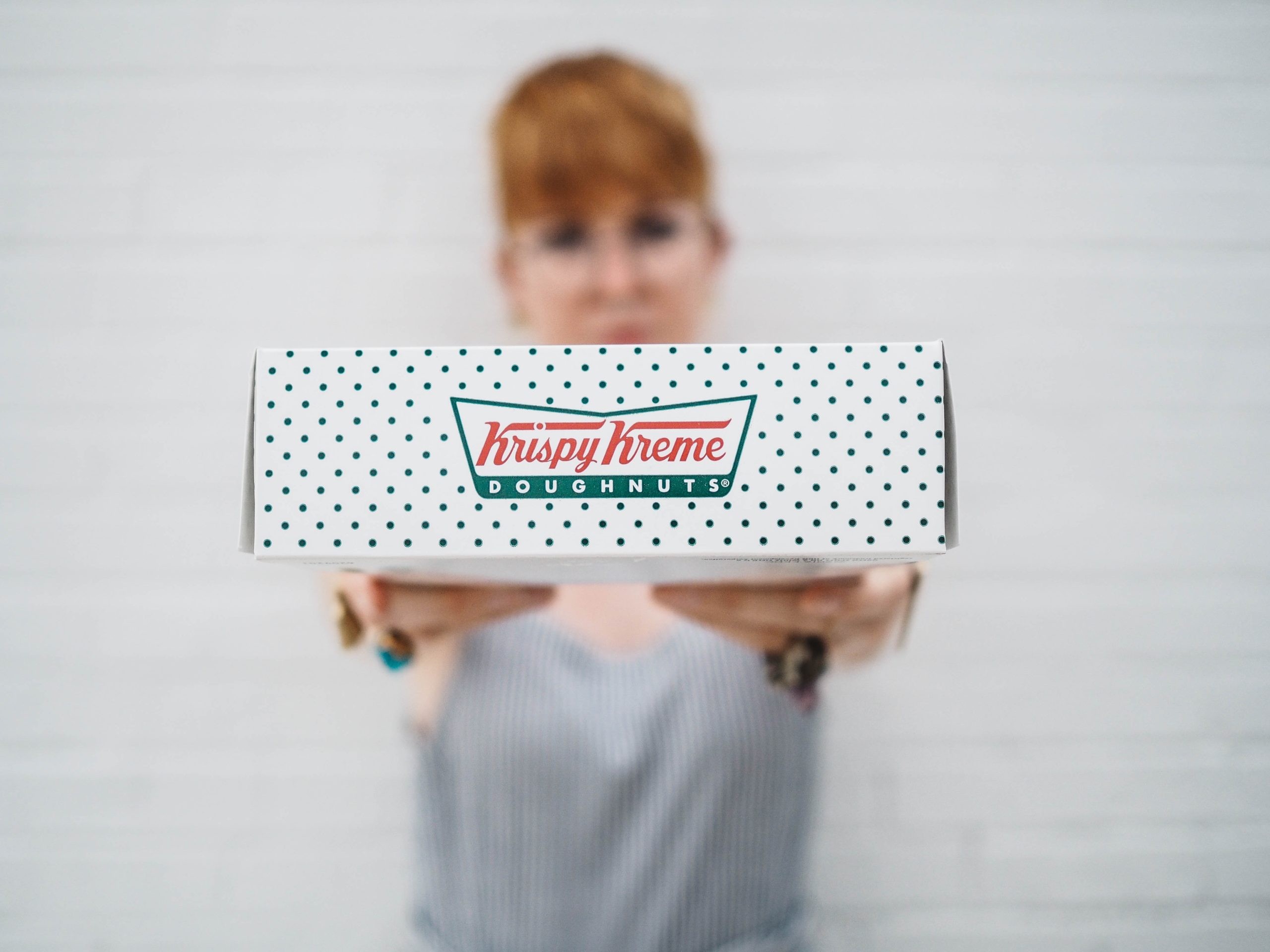Snacks, like other processed foods sold in stores, are individually wrapped to prevent spoilage, extend their shelf life, and maintain their full taste. Packaging for snacks may be made from a wide variety of materials, from glass to plastic to paper and beyond, depending on the company’s branding and desired aesthetic.
If you’re thinking of selling snacks or starting a company producing flexible packaging for food, you may be interested in hearing about some of the packaging options. Remember that you can always buy different packaging for food and thousands more storage and packaging items on the McDonald Paper & Restaurant Supplies website. If offline shopping is your thing, just visit the showroom in Brooklyn.

Plastic Containers
For all of these reasons—low production cost, airtightness, durability, and endless reusability—they are by far the most popular forms of snack food packaging. Most include a removable lid that may be opened and closed at your convenience, and their firmness can vary from light to hard.
The size and shape of the food determine the appropriate plastic container, which may be a huge bucket or a little tray. Some of them even include seal bands to further ensure the safety of whatever is within. These sealing bands are also a handy method for determining whether the container has been opened.
Plastic containers may retain nuts, candies, chocolates, dried fruits, seeds, pretzels, crips, snack mixes, and many more goodies.
Pros
- Simple to get
- Simple and cheap to produce
- Robust and long-lasting
- Functionally simple
- Reseable
- Recyclable
- Versatile
Cons
- Wastes that include notorious contaminants cannot be recycled indefinitely and must eventually be dumped.
- Costly to transport
Paperboard Boxes
When the demand arose for eco-friendly snack packaging alternatives to plastics, paperboard boxes were the first to step up to the plate. Although early versions lacked refinement, they have now been upgraded to include such features as portability, water resistance, and the capacity to be recycled with relative ease owing to the use of mono-materials.
They’ve become popular because they’re made of paper, the best printing material. Additional branding options become available, as additional colors and graphics may be applied to all four sides. Paperboard boxes often take on a rectangular form, however this is not always the case depending on the contents.
Some paperboard containers have windows on one side covered with a thin transparent cling, which prevents the food from getting dirty and allows customers to see what they’re buying without having to open the packaging.
Cereals, biscuits, bread, cakes, crackers, and chips are packaged this way.
Pros
- Pronto available
- Highly effective branding talents
- Eco-friendly snack bags
- Simple to use
- Resealable
- Versatile
Cons
- Not watertight
- Easily broken
- Susceptible to collapse under stress
- When decomposing, waste produces methane.
Flexible Pouches
One example of the flexible packaging options developed to replace the rigid containers typical before the industrial revolution is the flexible pouch. The primary applications for flexible pouches, which are often made of plastic, are the storage and transport of food and cosmetics. Due to their airtight barrier and disposable nature, they are best for keeping bacteria from spreading to food.
Flexible pouches have less of an effect on the environment than nylon paperbacks and plastic containers since they can be recycled and folded up to take up much less room. However, they still have a major environmental impact due to their plastic construction. As technology advances, biodegradable, high-tech pouches may be developed.
Snacks including nuts, dried fruits, and candy are often sold in flexible pouch packaging.
Pros
- Affordable
- Pronto available
- Outstanding branding abilities
- Uses up hardly any room and has little impact on the environment
- Simple to use
Cons
- Recycling is hard and expensive.
- Has a half-life of up to a millennium
- Suffers when temperatures rise to dangerous levels
- Miniature goods only, please.
Glass Containers
Due to their resilience and longevity, glass bottles and jars are among the most extensively used containers. One of the most popular packaging styles for snacks and other dry goods emerged only when consumers realized they might be used for this purpose. Glass containers offer many advantages over plastic ones, but their higher cost prevents their widespread use.
Glass containers are sturdy, clear, and can be imprinted with any design, making them perfect for storing high-end treats. All sizes include resealable, airtight lids to prevent infection unless you want to leave the container open.
After eating the treats, you can use the glass as a vase or jar to store spices, coffee, tea, or other items. If you don’t break the glass, you can reuse them forever. You should just keep them clean on a regular basis.
Pros
- Pronto available
- Sturdy and durable
- Recyclable
- Resealable
- Simple to use
- Adaptable to new functions
- Adds a touch of class
Cons
- Expensive
- Extensive use of fossil fuels
- goes to dumps in the long run.
- It’s expensive to ship them.
- Vulnerable to damage
- A lot of room is required
Conclusion
Snacks may be packaged in an almost infinite variety of various containers, and new ones are always being invented. Remember that the snack should determine the packing.
Hey welcome to my blog . I am a modern women who love to share any tips on lifestyle, health, travel. Hope you join me in this journey!

Speak Your Mind